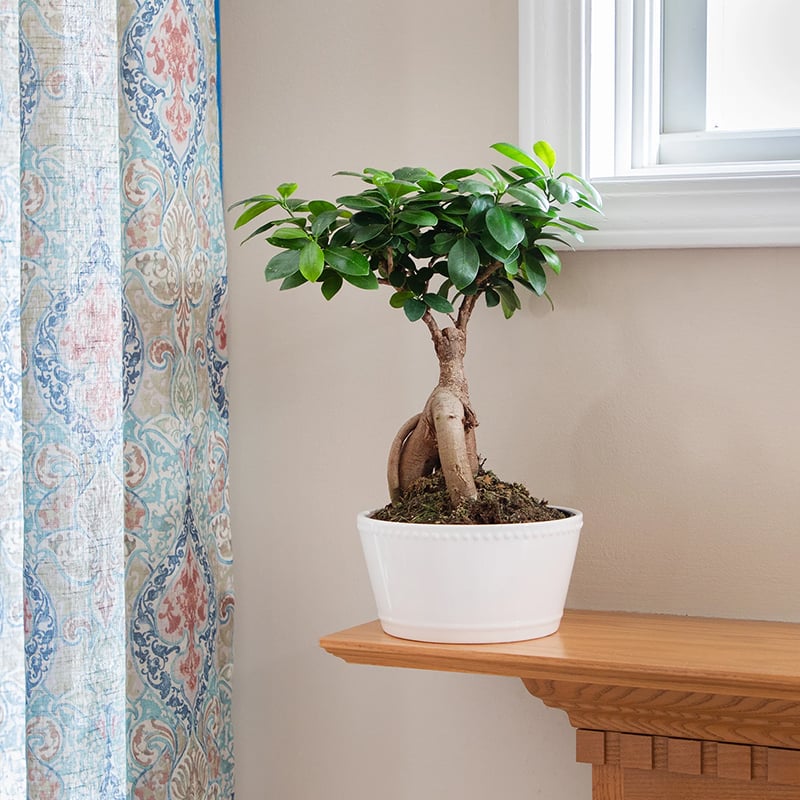
Bringing home a Ficus Ginseng Bonsai Tree can fill your space with beauty and tranquility. Known for its unique root structure and lush foliage, this plant is a favorite among bonsai enthusiasts.
But how do you ensure your plant thrives? With the right techniques, your bonsai will flourish as a stunning centerpiece in your home or office.
Ficus Ginseng, scientifically named Ficus microcarpa, originates from Southeast Asia. It’s admired for its striking appearance and adaptability, making it a popular choice for bonsai lovers.
Why is the plant so appealing? Its resilience and ease of maintenance make it perfect for both beginners and seasoned plant parents. It thrives in indoor settings and tolerates various lighting conditions. When cared for correctly, your plant can bring beauty and serenity to your environment for years to come.
Successful Ficus bonsai care revolves around proper watering, sunlight, and soil management. Water your Ficus Ginseng bonsai when the top inch of soil feels dry, usually every 1 to 2 weeks, keeping the soil slightly moist. Ensure your pot has drainage holes to prevent root rot and consider bottom watering techniques for optimal results.
Sunlight is crucial for microcarpa ginseng care. Position your bonsai near a window where it can receive bright, indirect light. Direct sunlight can scorch the leaves, which you will notice if the leaves discolor or turn yellow. Maintain a comfortable temperature range between 60°F and 75°F for healthy growth.
Choosing the right soil is key for Ficus ginseng plant care. A well-draining mix of organic potting soil, perlite, and sand helps retain moisture without waterlogging. Repot your bonsai every couple of years to refresh the soil and encourage robust root growth. These practices are foundational for thriving fig bonsai care.
Pruning is a vital part of Ficus ginseng bonsai tree care, helping maintain health and promote growth. Spring and early summer are the best times for pruning when the tree is most active. Start by removing dead or yellowing leaves and branches that cross or grow inward. Prune about one-third of the foliage to improve air circulation and light penetration.
Shaping your bonsai involves enhancing its natural beauty. Use sharp, sterile scissors for precise pruning and shaping.
Pests like aphids, spider mites, and mealybugs can harm your tree's health. Regularly inspect leaves and stems for infestations. If pests are found, use insecticidal soap or neem oil for safe and effective treatment.
Leaf drop and yellowing leaves often come from improper watering. Evaluate your routine to ensure good drainage and adjust as needed. Persistent yellowing may indicate nutrient deficiencies, in which case a balanced bonsai fertilizer can help.
Humidity and air circulation are important aspects of microcarpa ginseng care. Ficus Ginseng prefers humidity levels between 40% and 60%. In dry climates, a humidity tray with water and pebbles can maintain moisture. Place your bonsai in a well-ventilated area away from drafts to prevent fungal diseases and support healthy growth.

Copyright Just Add Ice® Orchids 2023